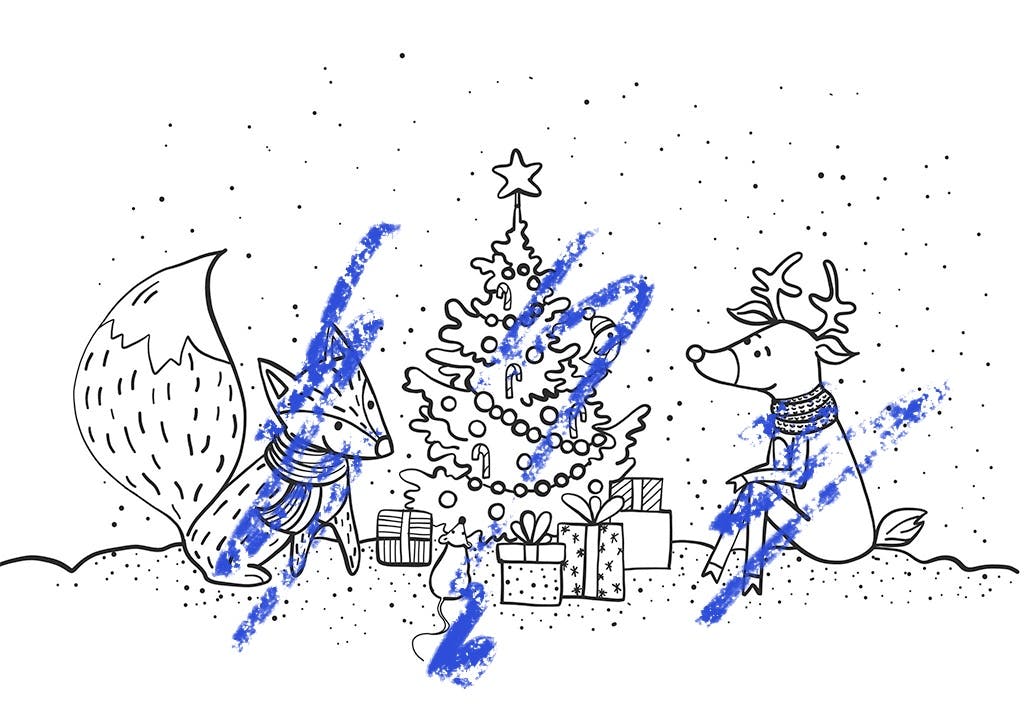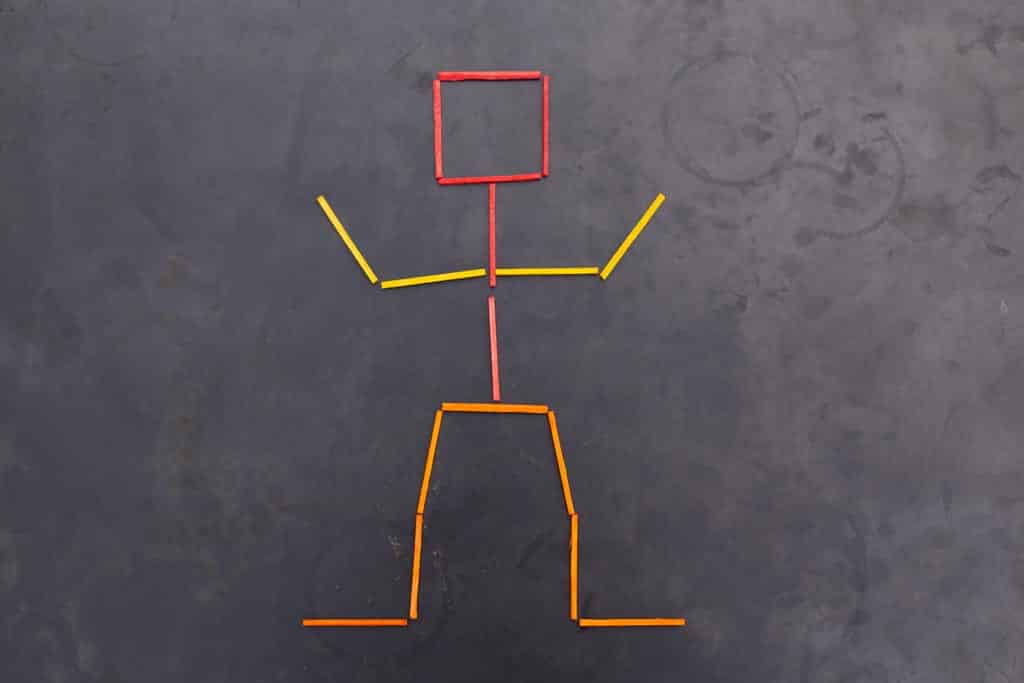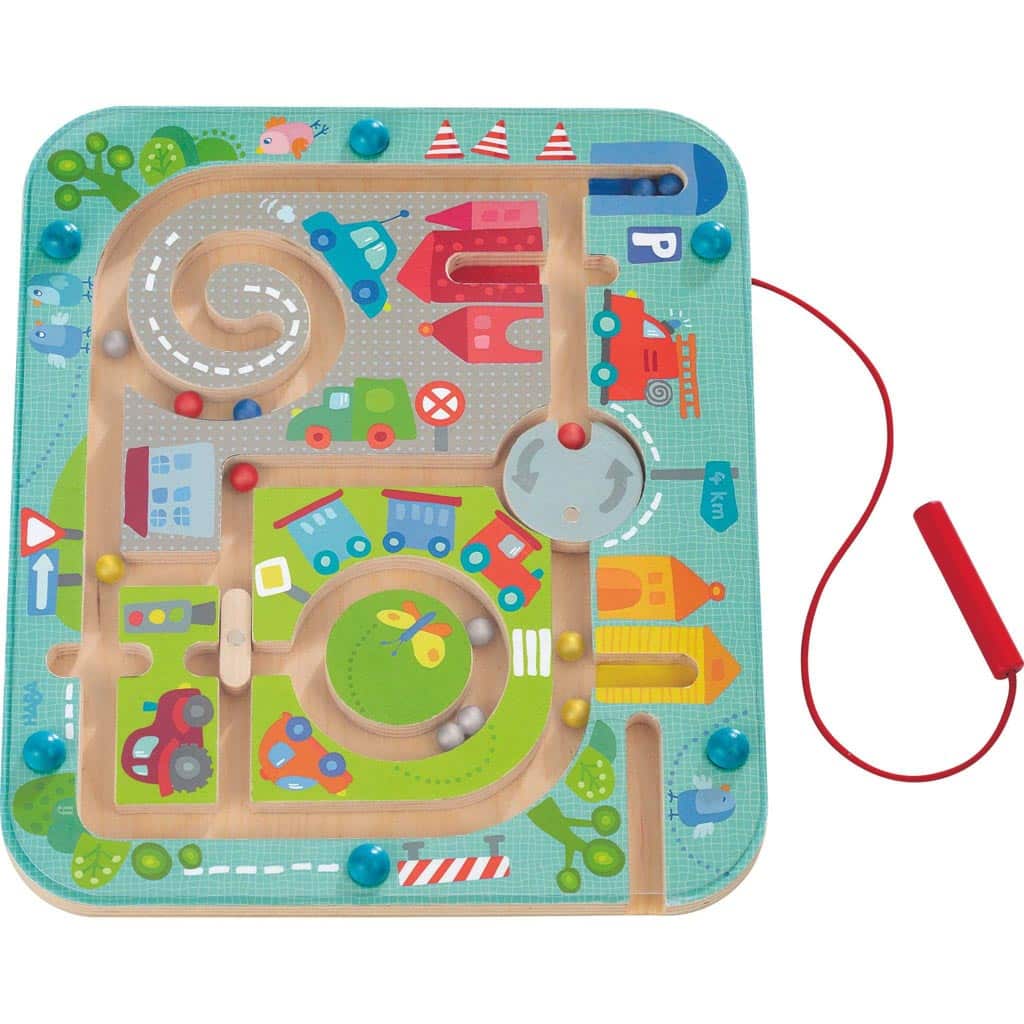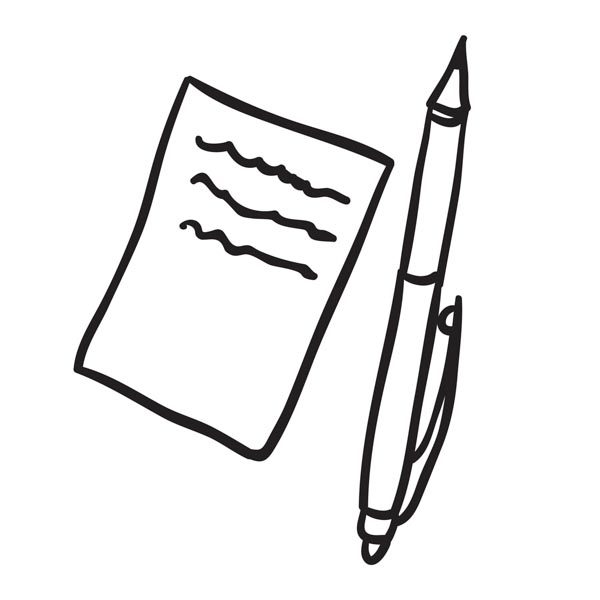Are you worried about your child’s writing?
It’s a common concern, and something many subscribers ask me about.
Here’s a recent email:
My son is 4.5. He’s starting school in September as a deferred child as he turns 5 late summer and I wanted him to be the oldest in the year and not the very youngest. He’s very bright and loves numbers. He knew all his colours before he was 2. He has good fine motor skills – he loved using scissors from an early age etc.
However, he has zero interest in any mark making and I’m not sure how to encourage this. He’s the opposite to my daughter (almost 8) who spent almost her entire time before school drawing, writing random letters and creating.
He loves filling and pouring and mixing – his favourite materials being water, sand, kinetic sand, beans/chickpeas, mud, pebbles, any random ingredients he can get his hands on to mix together from the bathroom/kitchen etc – whatever is available at the time. Playdough he likes to mash together. He also loves building (magnetic tiles, duplo etc).
But he won’t touch a pen or pencil. When we get out paint, he just mixes it together and paints his hands. He says he can’t draw, and we try to encourage him and talk about practice etc but he just won’t pick up a pen. I know he doesn’t need to be able to read or write before school, but I worry about the complete lack of mark making, or even interest in mark making.
Any tips?
Does this sound like your child?
Three of the 100 Toys children took to writing effortlessly. Lots of craft activities and fine motor play led to confident pencil grip and easy mark-making.
But for one of them, it wasn’t so simple.
I don’t have the piece of schoolwork to show you but at the first parents’ evening I was presented with something like this:

Who cares about colouring in a meaningless picture when you could be pouring PVA glue all over your desk (a crime for which he was convicted!)?
Using a pencil was infra dig.
Compare this to my youngest daughter’s drawing (not just colouring but drawing) that we saw in a recent post.:

Should I have been worried?
As a teacher, I’ve seen this kind of thing many times over the years and I knew that he would come good.
Today’s email is about how I could be so sure.
NOTE: You can read my more detailed thoughts on the scribbled picture in my article on colouring in.
The road to writing
My contention is that a child who can cut and stick and arrange and thread and stand on one leg is 95% of the way to letter formation. She has all the skills she needs. All that’s required is to put a pencil in her hand and give her a reason to use it. And by use it, I don’t mean handwriting practice. I simply mean holding and moving it under control.
Here are some activities. All of them use writing skills.
- Here is a stick man. Made of sticks. I hope there’s no big bad wolf to blow him down!

If we can agree that writing demands the spatial reasoning to organise enclosures and horizontal and vertical lines in space, then playing with matchsticks (or Lego, or Tetris or Blokes) is writing.
Here is some threading.

If we can agree that the pincer and tripod grips are essential stepping stones to a mature pencil grip then threading, pegging clothes to a washing line – and picking up Smarties – are all writing.
Here is a child balancing.

The vestibular sense, which is responsible for balance, also helps the eyes to track words across the page when reading and writing. How can you form letters if you can’t fix your gaze?
Here is a child holding his model steady as he positions the final piece. This is bilateral co-ordination, the skill children need to hold the paper down with one hand whilst writing with the other.

Here is some writing:

I can see a Frozen caricts (characters).
How did my daughter know that the letter ‘c’ makes a ‘kuh’ sound? And how did she know how to draw it?
She had made a mental representation (a schema) of the letter shape in her mind (see my post on graphic schemas for more on this). When it was time to write, she retrieved the representation from her mind.
Another, related concept is that letters and words are symbols. The letter ‘c’ is not just a shape: it stands for a sound.
Symbolic play happens when children learn that one thing can stand in for another. This block is a sandwich, I am a crocodile. It begins during the toddler years and flourishes in preschool.
I made a Lego aeroplane last week. I broke it up but I have made it for you again. Do you like it?
If a child can hold shapes in her mind and replicate them at a later date, surely this is writing too?
We have a child who can use the pincer grip, make mental representations, balance, use both hands together and arrange objects in space.
In what sense can we say that this child cannot write? What is left that this little girl can’t do?
Some practical advice
OK, so that’s all very nice, I hear you say. But my child can’t write and I’m worried.
Surely there’s something I can do apart from trusting to nature allowing her to develop in her own time.
And yes, of course, there is.
The trick is to get your child holding a pencil but doing something fun and pressure free.
Ideally, something that gets her moving a pencil up/down, left/right and around corners and bends.
Because these are the movements she will need for letter formation.
Can you think of anything that might work?
How about a maze?

Or colouring in?

Or writing for a purpose, as part of pretend play?

Turn a cardboard box into a car and make a list of all the things to repair on a clipboard. Fix them one by one.
Or make a shopping list or hand out parking tickets.
The important thing is to get a pencil into your child’s hand. The activity itself doesn’t matter that much.
If she is still reluctant, try a game.
When we still sold toys, I recommended the HABA Town Magnetic Maze to anyone who would listen.

Notice that the tracks go up/down and left/right. And there are a mix of corners: 90º and curved. Notice, too, that the roundabout and the spiral guide the child to initiate circles from the top and proceed in an anti-clockwise direction. This is how most round letters are formed. Think a, c, d, g, o and q. Even s and e are related. Start at the top, go back round to the left
Best of all, this isn’t one of those bead mazes where you tilt the board to move the beads – it comes with a magnetic pencil. As you guide the beads you strengthen your pencil grip and practice making foundational writing strokes.
It seems like a one-hit wonder but it really is a brilliant toy. HABA toys can be quite ugly but their starting point is always the child. Designs are simple rather than beautiful but they are always thoughtfully made.
Annoyingly, these seem to have been discontinued. A quick Google search shows they are still available in the US or via eBay sellers. This is one product I unreservedly recommend. All four of my children loved it and I ended up having to buy another to stop the bickering as it
NOTE: If you have a toddler, the magnetic maze will be too tricky but never fear – busy boards will cover all the skills you need. With their dials, levers and sliders, your child gets the fine motor workout she needs long before she can hold a pencil.
For a really pared-back game, consider this HABA motor skills board. It’s great fun on the go and as you can see it encourages both pincer grip and the up/down, left/right movements that characterise early mark-making (curves come later as they are a mix of vertical and horizontal – up a bit, left a bit, up a bit, left a bit…).

I told you they were ugly.
Let’s get pack to pencils…
Even aged four, my son enjoyed word searches and sudoko. Filling in the numbers to solve a puzzle or looping lines around words was fun.
Soon he could draw straight and curved lines under control. He could position objects in space. He could sit still and focus.
How long do you think it took him to learn to write, once he put his mind to it?
Not long. A few weeks after that parents’ meeting, everything fell into place.
And being in school raised writing’s profile. Children who could write had a higher status. And they could do things. He finally saw the point of writing. He understood what it enabled him to do. And so he decided he would give it a go.
And everything turned out fine.




